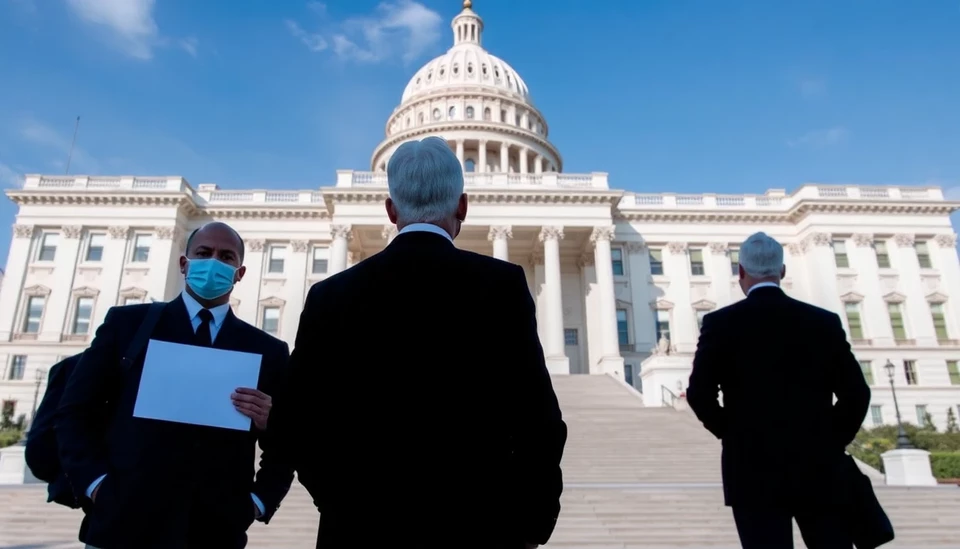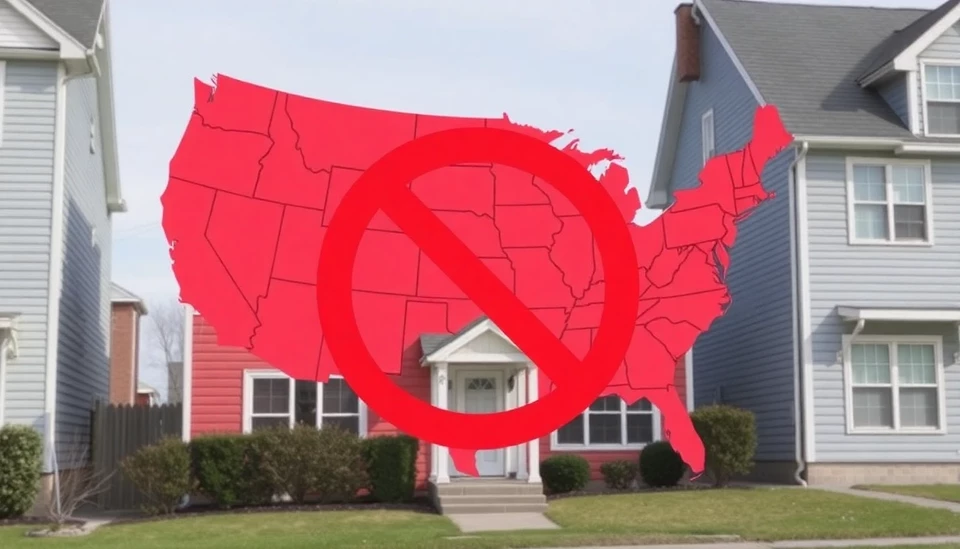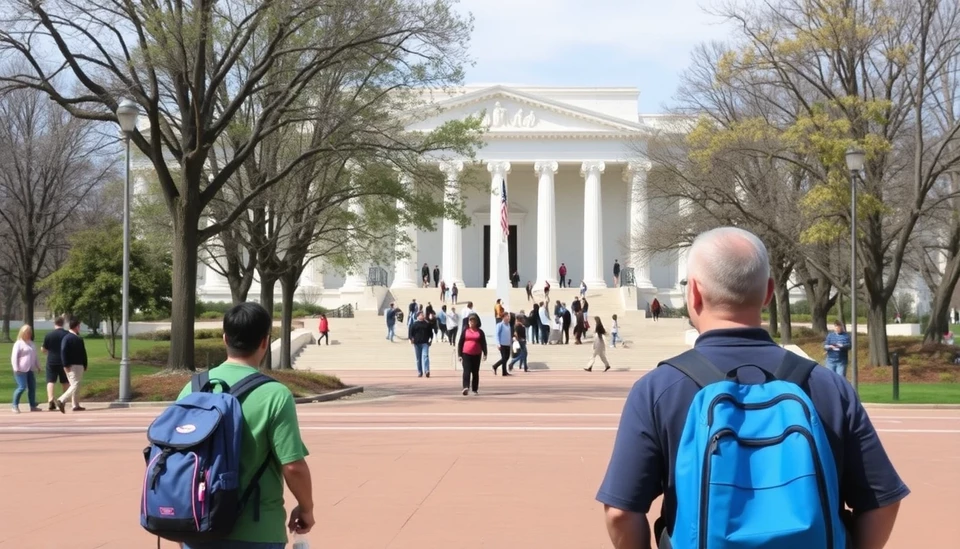
As federal budget cuts lead to widespread layoffs among government employees, local jurisdictions across the United States are ramping up efforts to attract these skilled workers. The cuts, prompted by a significant realignment in government spending priorities, have prompted a fierce competition among municipalities eager to bolster their workforces with experienced professionals. This unprecedented shift has ignited a race to secure talent vital for various public services.
The recent budget reductions, referred to as "Doge Cuts" in the media, have directly affected thousands of federal workers who now face uncertain employment futures. These cuts, labeled drastic and widespread by critics, have left many individuals seeking new opportunities or considering relocation to regions with more inviting job markets. Local governments are leveraging this moment to present their communities as appealing options for these displaced employees.
Municipal agencies are flexing their recruitment strategies, highlighting job benefits, robust community support, and quality of life enhancements that make their areas attractive to potential recruits. Many localities are offering sign-on bonuses, relocation assistance, and even housing incentives to entice federal employees to cross over into the local government sector.
Local officials are optimistic that the influx of new talent will invigorate their operations and improve public service delivery. With many federal workers bringing specialized skills and valuable experience, local governments see a unique opportunity to enhance their workforce capabilities while aiding those affected by the federal cuts. Across the nation, city councils are engaging in discussions on how best to attract and integrate this talent into their existing employee bases.
Regions with thriving economies and robust public service programs report a noticeable uptick in applications from former federal employees. Officials assert that these skilled individuals can easily transition into local government roles, where their expertise in areas such as policy development, project management, and community relations can be effectively utilized.
Moreover, this influx of applicants has sparked a dynamic employment landscape. Local jurisdictions are adapting their hiring processes to accommodate the sudden rise in interest and are also conducting outreach efforts to connect with displaced federal workers. Recruitment events and job fairs specifically aimed at attracting former federal employees are popping up across states, further fueling this trend.
As competition heats up, it remains to be seen how these dynamics will reshape local government operations and employee demographics. The excitement surrounding this potential talent infusion, coupled with the challenges that accompany it, presents an intriguing landscape for both local governments and the federal workforce.
In summary, the fallout from the "Doge Cuts" has not only impacted federal workers but has also triggered a revitalization in local workforce strategies as communities look to capitalize on the situation. While the employment landscape evolves, local governments are poised to emerge with new talent that could enhance the local government's contribution to public service, community engagement, and overall civic health.
#LocalGovernment #FederalWorkers #DogeCuts #WorkforceDevelopment #PublicService #EmploymentOpportunities #JobMarket #CommunitySupport
Author: Rachel Greene




